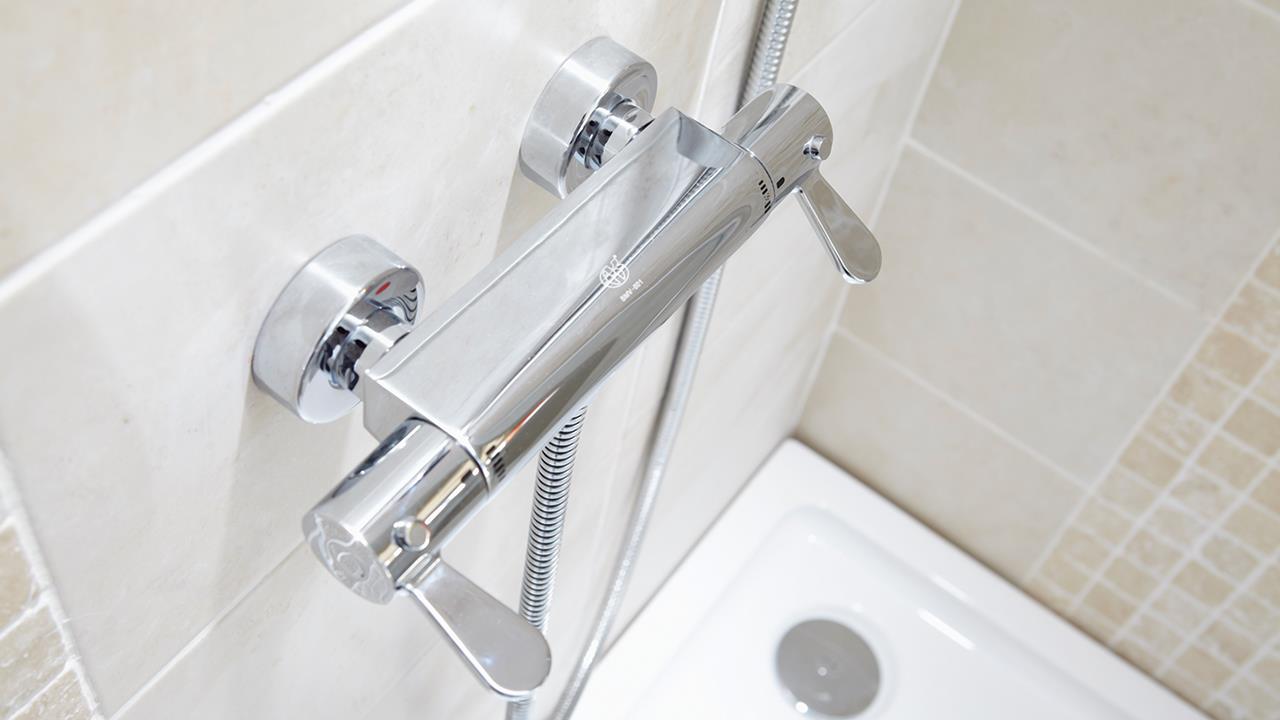

Stuart Reynolds, Head of Product and Marketing at AKW, explains what the present best practice is for the use of thermostatic mixer valves (TMVs).
The present TMV2 scheme that is part of Building Regulations in England and Wales – Part G of Schedule 1 to the Building Regulations 2000 – came into force on 6 April 2010. The revision involved significant updates to hot water supply and extended the scope of the previous safety regime to all types of system (not just unvented ones). It also included new guidance to ensure that all parts of a hot water system were capable of resisting the effects of temperature and pressure.
These revisions were brought in following scalding tragedies, but a quick look at hospital admissions shows that the issue has not gone away. At present, 2,000 children are admitted to A&E following bath water scalds every year, according to the Hot Water Burns Like Fire campaign. Exposure to hot water above 60°C can take as little as one second for young children to result in a scald, yet hot water in the average home still comes out of the tap hotter than 60°C, and sometimes as high as 80°C.
The regulations at present
The 2010 Building Regulations Part G3 provision was made for all new homes (including those created by a change of use) to have the temperature of the hot water supplied to a bath limited to no more than 48°C. The regulations apply to all hot water systems, even those of less than 15l in capacity, and assumed that compliance would be achieved with the fitting of a thermostatic mixing valve (TMV).
However, if a bathroom refurbishment is being undertaken in an existing dwelling, this regulation does not apply – an area of vulnerability being highlighted by the Chartered Institute of Plumbing & Heating Engineering (CIPHE).
Kevin Wellman, Chief Executive at the CIPHE, said: “The CIPHE’s perspective on this is clear. We need to reduce the risk by raising general awareness of the dangers in our homes, we need to change legislation to enforce the use of protective devices such as TMVs in all homes (not just newbuild), we need to educate the public on the importance of regularly maintaining these devices, and we need to ensure that all those working on plumbing and heating systems are qualified and competent to do so.”
To further complicate the hot water regulation landscape, there are TMV2 and TMV3-approved valves. Each offers a different levels of protection, making them suitable for different applications.
When to use TMV2s
TMV2 valve installation is suggested as best practice in private dwellings and housing associations, according to the Building Research Establishment (BRE). However, it is recommended by legislation or authoritative guidance on hand basins, and required by legislation on any showers or bathrooms in hotels, schools, and nurseries.
TMV2s should be BS EN 1111 and/or BS EN 1287-rated, and should be able to maintain temperature stability at all times, shutting down safely in case of cold water failure, to protect the user from scalding.
When to use TMV3s
TMV3-approved valves are certified against the requirements of the NHS Estates document D 08 and offer a higher level of protection than TMV2s.
According to the BRE, TMV3 valve installation is recommended by legislation or authoritative guidance in NHS and private nursing homes, in private hospitals, and on hand basins located at schools and nurseries for the severely disabled. They are required by legislation in all young persons’ care homes and NHS hospitals, as well as on the showers and baths located in schools and nurseries for the severely disabled. They can also be used in domestic installations, if deemed necessary following a risk assessment, but only if the pressure is sufficient.
Scalding injuries from baths, taps and showers are entirely avoidable. So, why not raise the general awareness of the dangers to your customers? By installing a TMV2 or higher level protection, such as AKW’s Arka Thermostatic Mixer Shower, TMV3 Thermostatic Wash Basin Mixer Tap and/or TMV3 approved blending valves for more vulnerable households, you could be saving one more child from a life-altering accident.
If you'd like to keep up-to-date with the latest developments in the heating and plumbing industry, why not subscribe to our weekly newsletters? Just click the button below and you can ensure all the latest industry news and new product information lands in your inbox every week.